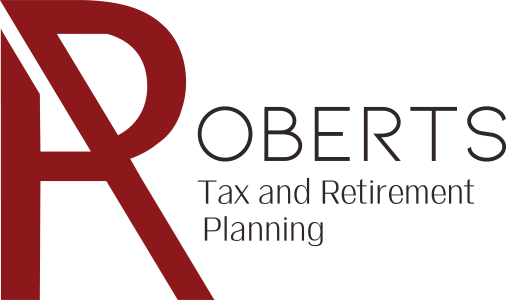Converting to Roth an IRA has several advantages, including tax-free growth, reduction in Required Minimum Distributions (RMD), and changing provisional income for Social Security taxation. By optimally timing the conversation, the total cost can be minimized. Here are impacts associated with the timing of a conversion.
Growth
In a perfect world, a Roth conversion should be made as soon as possible. Doing so increases the time the account grows tax-free. Of course, the practical limit is having the income or savings to pay for the conversion, relative to other demands for money.
Basic Tax Rate
By shifting the conversion to a period of lower income, it is possible to take advantage of lower tax rates. An opportune time to do this may be in the first few years of retirement if there are enough non-advantaged savings to live on during those years.
Market Downturns
After a downturn, a conversion will shift more share of a fund to Roth status as compared to before the downturn. As the market recovers, more share are protected. This is an opportunistic play that cannot be planned.
Before Starting Social Security
The income tax on social security is based on a specialized tax parameter called provisional income, which is most sources of income plus half of social security benefit payments. Roth IRA conversions are provisional income and will likely increase taxes on social security, possibly making a conversion in the years before social security cheaper.
On the other hand, withdrawals from a Roth IRA are not provisional income while withdrawals from a conventional IRA are. For those faced with RMDs, a conversion may result in solid tax savings.
Of course, there is a third hand, in the possibility of increased Medicare costs due to the conversion counting as taxable income. This argues for conversion before the start of Medicare.
No Simple Answer
While it is possible to understand the impact of each timing issue by itself, these elements are interconnected in complex ways. The total picture for a specific situation must be considered, along with the goals and risk tolerance of the retiree. Please visit our website for more information or contact us for a consultation on your specific situation.








